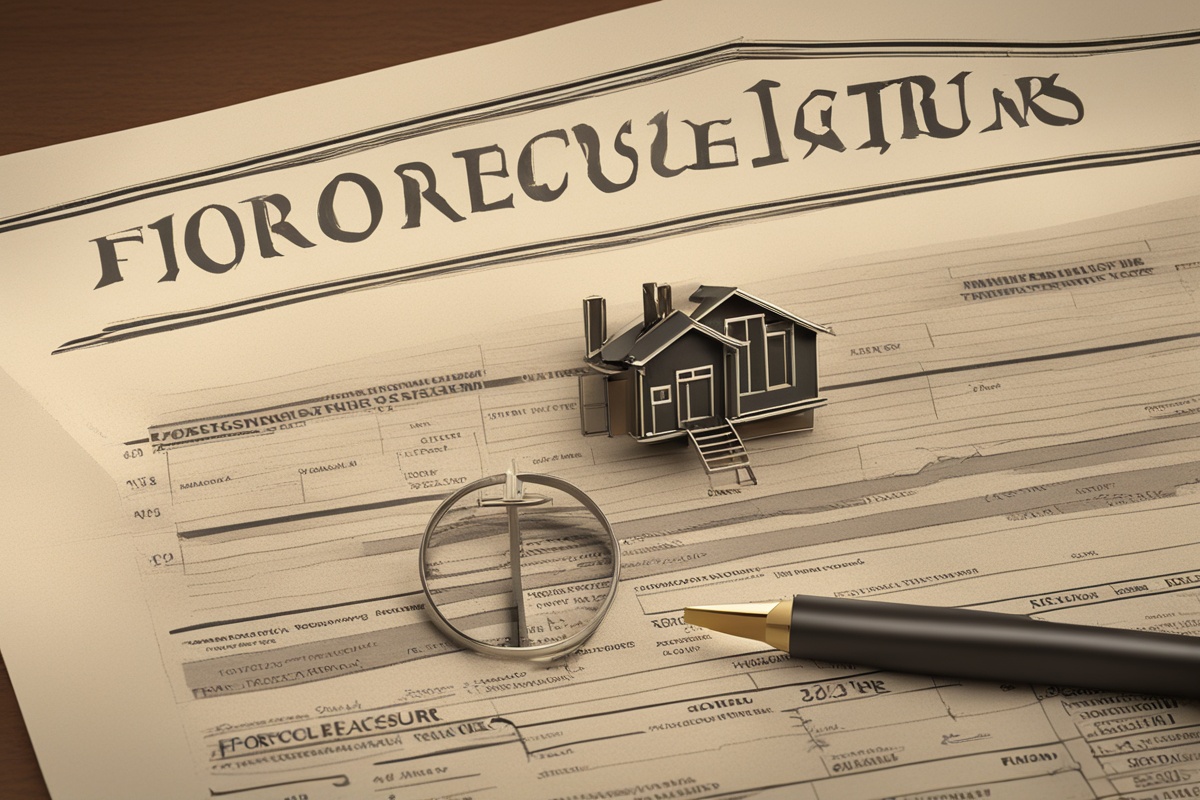The housing market has always been a critical indicator of economic health, reflecting consumer confidence, financial stability, and societal trends. In recent years, the industry has faced unprecedented challenges, from the global pandemic to inflationary pressures and supply chain disruptions. However, as we move forward, there are clear signs of recovery, accompanied by innovative trends shaping the future of housing. This article dives deep into the latest trends in housing recovery, exploring how technology, policy, and shifting consumer preferences are driving change in the real estate landscape.
1. Technology-Driven Solutions in Housing Recovery
One of the most significant forces behind the latest trends in housing recovery is the integration of technology into the real estate sector. From virtual tours to AI-powered property valuations, technology is making the home-buying and selling process more efficient and accessible. PropTech (Property Technology) startups are booming, offering solutions that address pain points like affordability and transparency. For instance, platforms using big data analytics help predict housing market trends, enabling buyers and investors to make informed decisions.
Additionally, smart home technology is becoming a standard expectation rather than a luxury. Homebuyers are increasingly seeking properties equipped with energy-efficient systems, IoT devices, and automated security features. This trend not only supports housing recovery by boosting demand for modernized properties but also aligns with broader sustainability goals. To learn more about how technology is reshaping real estate, check out our post on The Role of Technology in Real Estate.
2. Affordable Housing Initiatives Gain Momentum
Affordability remains a critical challenge in the housing market, but it’s also a key driver of the latest trends in housing recovery. Governments and private organizations worldwide are rolling out initiatives to address the housing shortage, particularly for low- and middle-income families. In the U.S., for example, federal and state programs are providing subsidies and tax incentives to developers who focus on affordable housing projects.
Moreover, innovative construction methods like modular and prefabricated housing are reducing costs and construction timelines, making it easier to scale affordable housing solutions. These efforts are crucial for sustaining recovery, as they ensure broader access to homeownership and rental options. For a deeper dive into affordable housing policies, explore our article on Innovative Solutions for Affordable Housing.
3. Shift Toward Sustainable and Green Building Practices
Sustainability is no longer a niche concern but a central pillar of the latest trends in housing recovery. Homebuyers and developers are prioritizing eco-friendly designs, energy-efficient materials, and net-zero buildings. This shift is driven by both environmental awareness and economic benefits, as green homes often result in lower utility costs and higher resale values.
Governments are also playing a role by enforcing stricter building codes and offering incentives for sustainable construction. For instance, solar panel installations and green certifications like LEED are becoming more common in new developments. This trend not only supports housing market recovery by attracting environmentally conscious buyers but also contributes to global climate goals. Curious about green building innovations? Read our detailed guide on Green Building Trends for the Future.
4. Urban-to-Suburban Migration and Remote Work Impact
The rise of remote work has fundamentally altered housing preferences, marking another of the latest trends in housing recovery. As more companies adopt hybrid or fully remote models, many individuals and families are moving away from expensive urban centers to more affordable suburban or rural areas. This migration is driving demand for single-family homes with larger spaces, home offices, and outdoor amenities.
Real estate markets in suburban areas are experiencing a boom, with developers focusing on community-oriented designs that offer a balance of privacy and connectivity. This trend highlights the importance of adaptability in housing recovery, as builders and policymakers must respond to evolving lifestyle needs. For more insights on how remote work is reshaping real estate, check out our piece on How Remote Work is Changing Housing Demand.
5. Rising Interest Rates and Economic Uncertainty
While there are many positive developments in the housing sector, challenges remain, particularly with rising interest rates and economic uncertainty. Central banks worldwide have increased rates to combat inflation, which has made mortgages more expensive and cooled demand in some markets. However, this has also led to a stabilization of home prices in previously overheated areas, offering opportunities for first-time buyers.
Despite these hurdles, the latest trends in housing recovery show resilience. Lenders are adapting by offering creative financing options, such as adjustable-rate mortgages and down payment assistance programs. Additionally, investors are focusing on rental properties to capitalize on strong demand for housing amid economic fluctuations. To understand more about navigating economic challenges in real estate, see our analysis in Economic Impacts on the Housing Market.
6. The Role of Government Policies in Shaping Recovery
Government intervention continues to be a cornerstone of the latest trends in housing recovery. Policies aimed at stimulating the economy, such as infrastructure investments and housing grants, are creating a favorable environment for real estate growth. In many countries, zoning reforms are being implemented to allow for higher-density housing in urban areas, addressing supply shortages and promoting inclusivity.
Furthermore, post-pandemic recovery programs are providing direct support to homeowners and renters, preventing foreclosures and evictions. These measures not only stabilize the market but also rebuild consumer confidence, a critical factor in sustaining long-term recovery. As policies evolve, their impact on housing trends will remain a key area to watch.
Disclaimer: The information provided in this article is for general informational purposes only and should not be considered as financial, legal, or professional advice. Housing market trends and economic conditions can vary widely by region and are subject to change. Readers are encouraged to consult with qualified professionals before making any decisions related to real estate investments or purchases. The author and publisher are not responsible for any actions taken based on the content of this article.
References
- National Association of Realtors – Housing Statistics
- U.S. Department of Housing and Urban Development – Housing Choice Voucher Program
- U.S. Green Building Council – LEED Certification
- Federal Reserve – Monetary Policy and Interest Rates
- U.S. Census Bureau – New Residential Construction Data
This content is for informational purposes only and not a substitute for professional advice.





